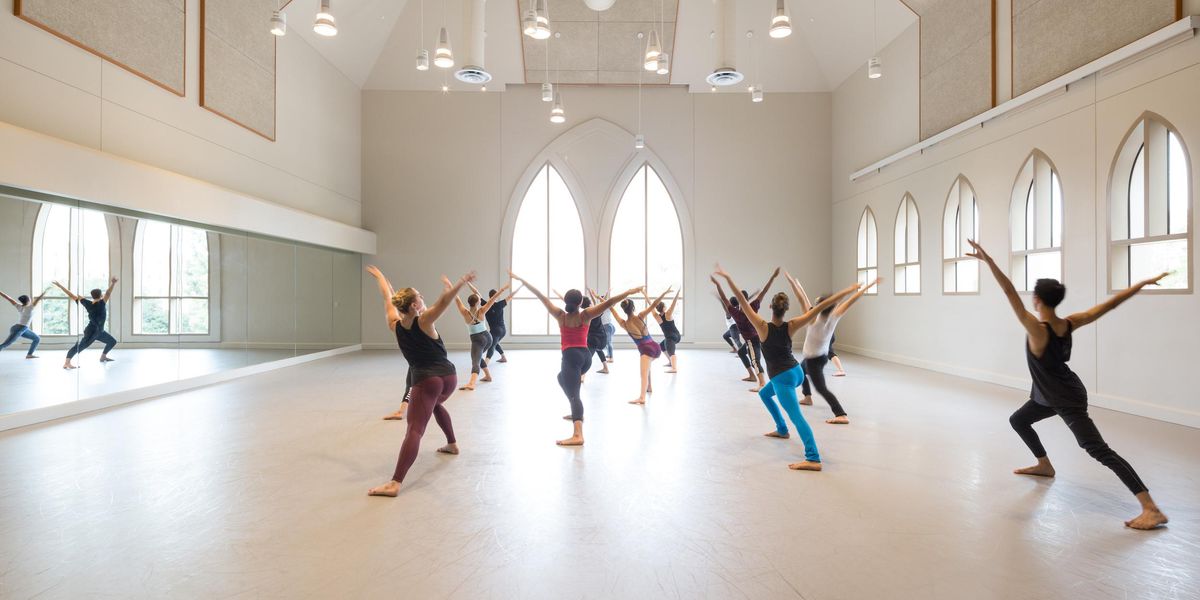Attitudes
Fernando Bujones, dancer, 1955–2005. It was a short life and, in some ways, a life not completely fulfilled, for he died still a man of promise. Bujones’ story mingled the good luck that jump-started his career with the ill fortune that cast a pall over his later years as a dancer, leaving unfinished the final chapters of his career as a company director and choreographer.
Born in Miami of Cuban parents, his family moved back to Havana when Fernando was young. After a few years they returned in 1967 to New York. Although coached and taught all his life by his older cousin, Zeida Cecilia Mendez, the young Fernando studied at the School of American Ballet under André Eglevsky and, later, Stanley Williams. It was Eglevsky who first mentioned Fernando to me as a fantastic talent, and it was for the Eglevsky Ballet in 1970 that he made his professional debut, partnering Gelsey Kirkland. He made a striking impression in 1972 at the annual School of American Ballet workshop performance, dancing James in La Sylphide, coached by Williams. But instead of joining New York City Ballet as expected, he went to American Ballet Theatre.
From there on his career seemed set. Although entering ABT in the corps de ballet, he very soon became a soloist. In 1974 he won the Gold Medal at the International Competition in Varna, Bulgaria, and that same year he was, at 19, appointed ABT’s youngest ever principal. It was also the year that another brilliant young man, the 26-year-old Mikhail Baryshnikov, defected from the Soviet Union in a maelstrom of publicity, and soon after joined ABT. Their two careers became set on an unnecessary and unfortunate collision course.
Probably that course was partly mapped out by Bujones’ own, unfortunate but widely quoted remark, not long after the Russian’s arrival: “Baryshnikov has the publicity, I have the talent.” Not precisely. Baryshnikov left ABT in 1978 to join City Ballet, but returned two years later as artistic director. In the winter of 1985, feeling underused to the point of neglect, Bujones refused a direct order to open an important Metropolitan Opera House season in Romeo and Juliet, leaving Baryshnikov little option but to fire him.
It was sad. There were rights—and wrongs—on both sides. Baryshnikov, not perhaps the most adept man at administration, had handled the politically inept Bujones with insufficient concern for ABT’s ultimate good, let alone Bujones’ own career. After leaving ABT Bujones guested around the world with enormous but fleeting success. He enjoyed an ongoing relationship with the Boston Ballet, and, following Baryshnikov’s second departure from ABT in 1989, he occasionally appeared with ABT. Appropriately, it was with that company, as Albrecht in Giselle in 1995, that he gave his final performance—still virtually at his best at the age of 40.
As a dancer he might be compared with Erik Bruhn, for Bujones shared with the great Dane a stylistic and technical purity. They were both dancers of calibrated nuance, a virtually complete absence of mannerism, and with their particularized schooling distilled to its essence. Yet they both maintained that special individual dance profile essential to the great dancer, classical or modern, male or female. Bujones had truly remarkable elevation and beautifully finished beats, which made possible a high and perfect series of entrechats six or a succession of double cabrioles that effortlessly cleaved the air, soaring across the stage with eagle authority.
His acting was more a matter of image than detail. He was masterly as Albrecht in Giselle and James in La Sylphide, a tad less effective in more generic roles. Yet he used histrionic detail to the most telling effect—such as his tortured backward glance as the Lover in Tudor’s Jardin aux Lilas, or the way, as Romeo, he lightly kissed the dropped rose before returning it to the flirtatious Rosaline in MacMillan’s Romeo and Juliet. Although he danced in many ballets by Ashton (he was wonderful as Colas in La Fille Mal Gardée and the lead skater in Les Patineurs), Balanchine (notably Theme and Variations), and Tudor, it is one of ballet’s tiny tragedies that, despite small works by Tharp and Béjart, he never had a role created for him by a major choreographer.
Bujones was a fantastic, unforgettable dancer, and he was also arguably the first of the major Latino dancers to play a key role in American ballet. Indeed, when all is said and done, Bujones deserves the reputation of one of the few truly significant classical male dancers of the past half-century—on a level with Babilée, Bruhn, Villella, Nureyev, Baryshnikov, and Bocca. But although he achieved their degree of artistry, a certain lack of focus on the part of the entrepreneurial, public, and critical spotlights during a major part of his career has meant that he is still not as widely perceived as he deserves to be as an iconic figure of classical ballet.
Senior Consulting Editor Clive Barnes also covers dance and theater for the New York Post.




